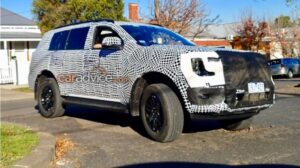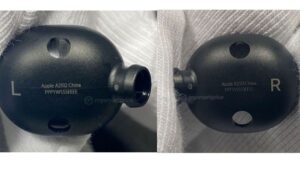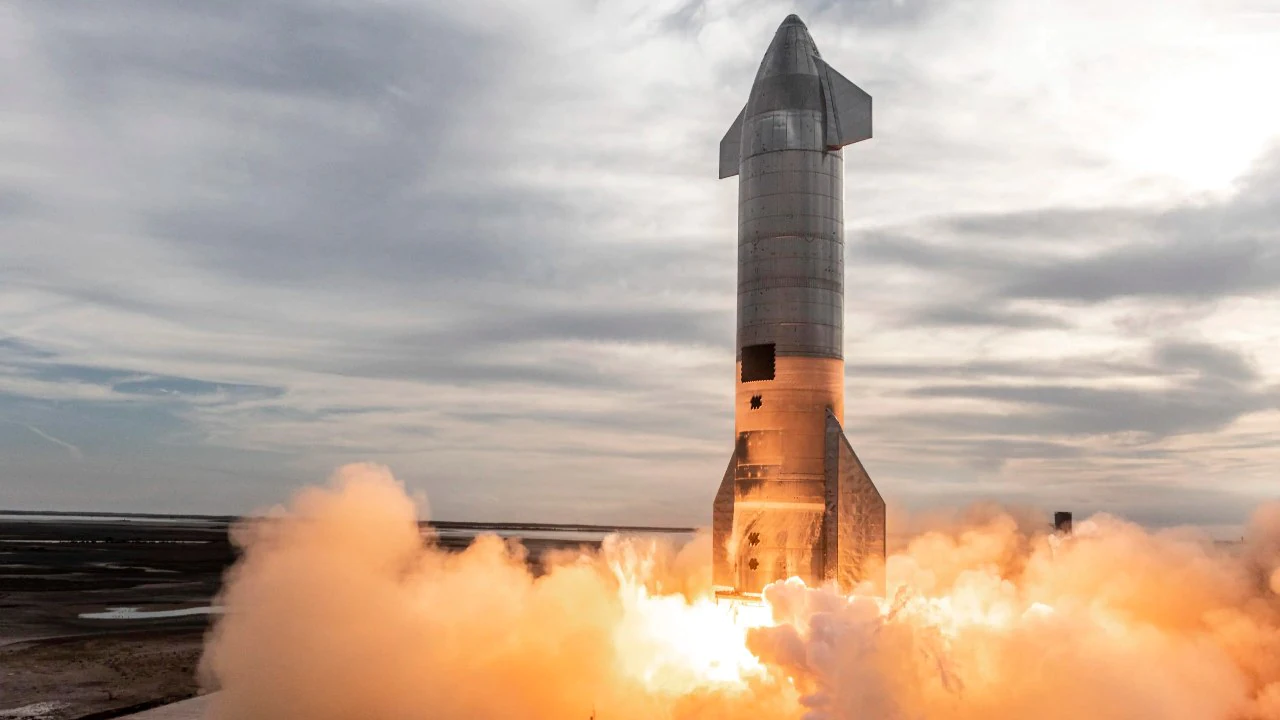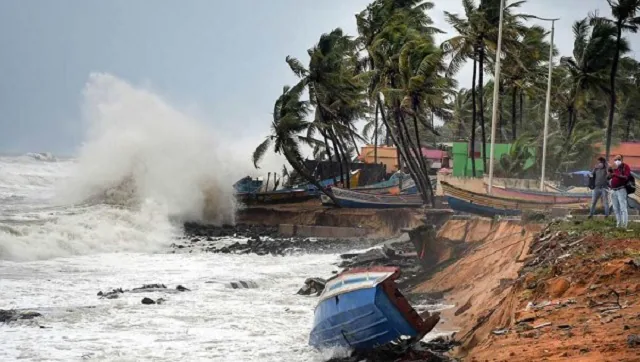FP TrendingJun 17, 2021 17:37:44 IST
Finnish company Arctic Astronautics has designed a wooden satellite WISA Woodsat which is expected to be launched this year. According to a report on Space.com, the nanosatellite weighs just one kilogram and is 4*4*4 inches in size. WISA Woodsat is going to have two cameras which the scientists will use to observe the changes in the plywood surface of the satellite in space. The material Aluminum oxide will be protecting the satellite from atomic oxygen and releasing gas in space.
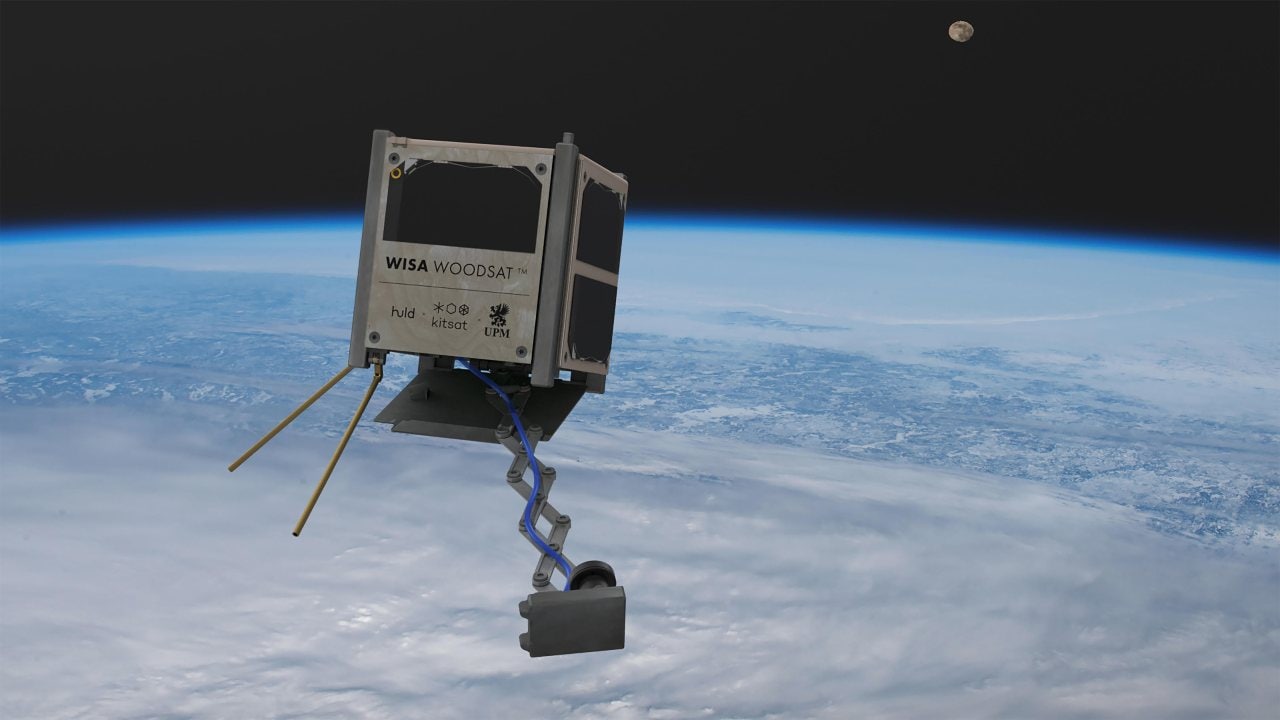
The world’s first wooden satellite is on the way, in the shape of the Finnish WISA Woodsat. Image credit: ESA/Arctic Astronautics
Speaking about the wooden satellite, Samuli Nymanm, co-founder of Arctic Astronautics and chief engineer of Woodsat said that ordinary plywood is too humid to be in space and therefore, a vacuum chamber has been used to dry the wood.
A blog on Arctic Astronautics states that the wooden satellite’s test model successfully completed a stratospheric flight. The test flight was conducted on 12 June to check the camera and other equipment of the satellite in conditions similar to space.
The publication states that with the help of a selfie stick, the wooden satellite captured images every 30 seconds. The test model of WISA Woodsat was launched from Finland’s Heureka Science Center in Vantaa.
According to a press release by WISA Plywood, the balloon carried the WISA Woodsat test model at 13:25 EEST. The flight lasted for 2 hours and 54 minutes.
Finally, the balloon exploded according to the plan and the test satellite landed in a forest in the city of Lahti.
European Space Agency is also supporting the mission by helping with pre-flight testing. ESA is also going to send a pressure sensor built by Sens4 in Denmark. The other two items that ESA will be sending on the nanosatellite are a quartz crystal microbalance and an LED with a photoresistor.



